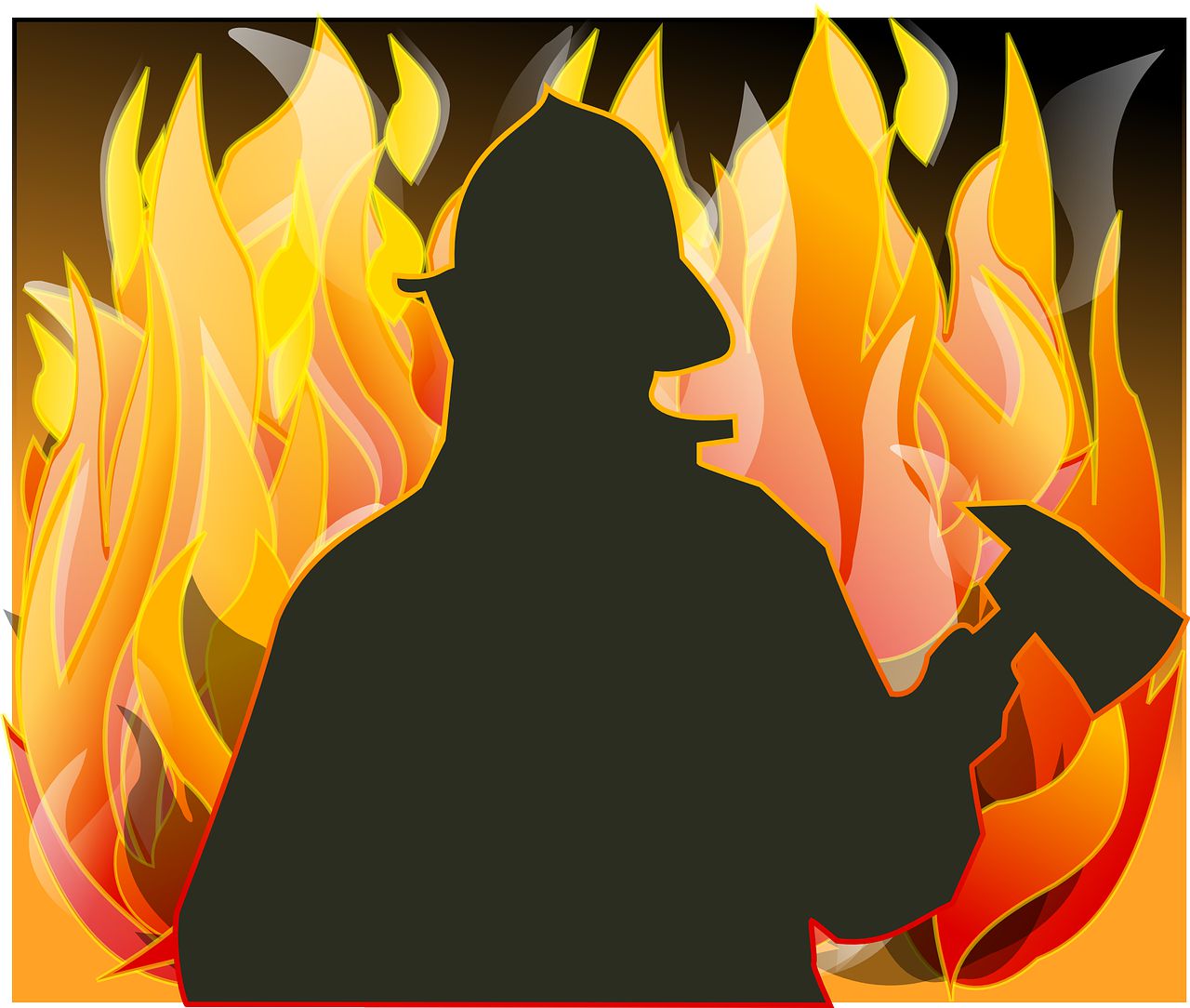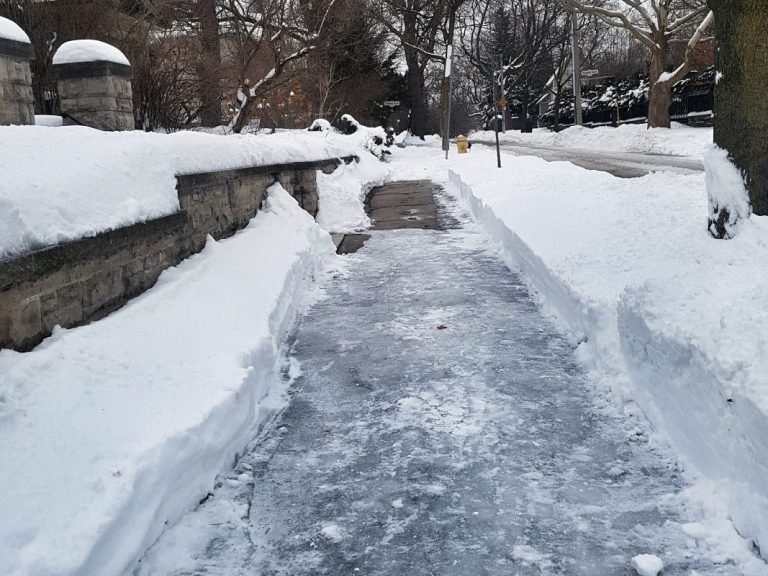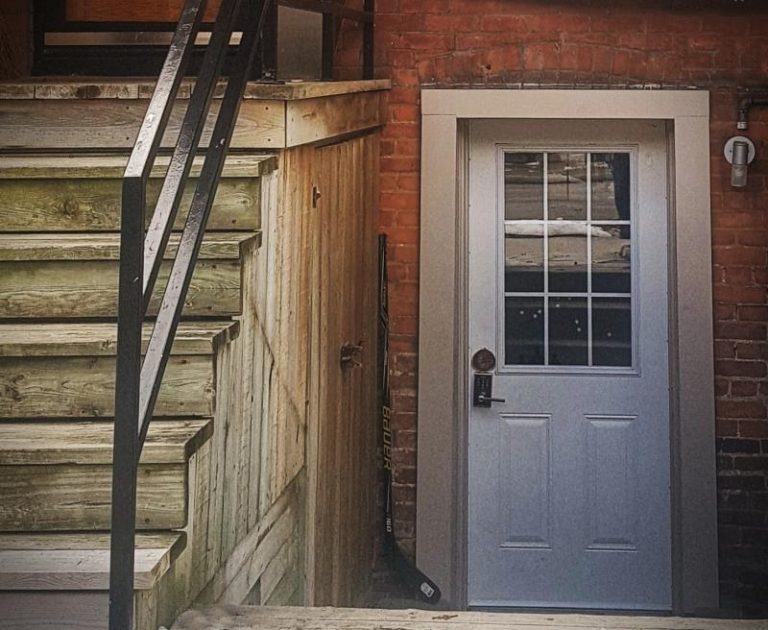Landlord Fire Prevention Tips & Strategies
If you own a residential income property, fire safety and compliance is critical.
There are several preventative strategies that are recommended that you follow:
Install smoke alarms
Installing smoke alarms in your investment property provides valuable time for you and your tenants to escape when fire strikes. This early warning is critical because most fatal home fires occur at night while people are sleeping. Place smoke alarms at the top of stairways leading to bedrooms and at the top of stairs leading from the basement. Every home must have at least one smoke alarm for each floor where there are sleeping areas and ideally one should be installed in each bedroom. Test your smoke alarms weekly and immediately replace batteries when needed. Many folks often change the batteries when the clocks change. Carefully follow the manufacturer's installation and maintenance instructions. Smoke alarms are simple to install and save lives.
Plan to escape
Draw a floor plan of your home showing all possible exits from each room. Plan a main escape route and an alternate escape route from each room, especially bedrooms. When fire strikes, a planned step-by-step escape route can reduce panic and confusion. Make sure that your tenants have some sort of exit strategy in place if a fire occurs.
Choose a meeting place
Arrange an outside meeting place and a safe location to call 9-1-1. The best place to meet is in front of your home, where firefighters will arrive.
Practice your plan
Conduct a fire drill at least once a year. The best place to start your fire drill is from a bedroom. Sound the alarm and get everyone in the home to participate. In a real fire, you must be prepared to move quickly and carefully without confusion. Don't rush through the drill. Make sure everyone knows exactly what to do. After the drill, discuss what took place and how to improve performance.
Make your fire drill as realistic as possible. Practice two escape routes. Vary your drills. For example, one drill might place a fire in an attic while another might place it in a kitchen. Make sure everyone understands how escape routes are altered depending on different fire locations. Pretend that there are no lights, and that your escape routes are filling with smoke.
Crawl low under smoke
Heat and smoke rise so the air by the floor is the coolest and clearest. If you encounter smoke or flames while evacuating, stay close to the floor. Get down on your hands and knees and crawl to the nearest safe exit.
Test every door
Before opening any door, make sure it is safe to do so. Reach up with the back of your hand to touch the door, the door handle, and the space between the door and frame. If any of them feel hot, use your alternate exit. If everything feels cool, brace your shoulder against the door and open it carefully. Be ready to close it quickly if heat or smoke rush in. As you leave, close all doors behind you. Closed doors restrain the deadly speed of smoke and fire. It is important in a 2-storey house that you know how to safely escape from the second floor.
Share this:
- Click to share on Facebook (Opens in new window)
- Click to share on Twitter (Opens in new window)
- Click to share on LinkedIn (Opens in new window)
- Click to share on Pinterest (Opens in new window)
- Click to share on Reddit (Opens in new window)
- Click to email a link to a friend (Opens in new window)
- Click to print (Opens in new window)







